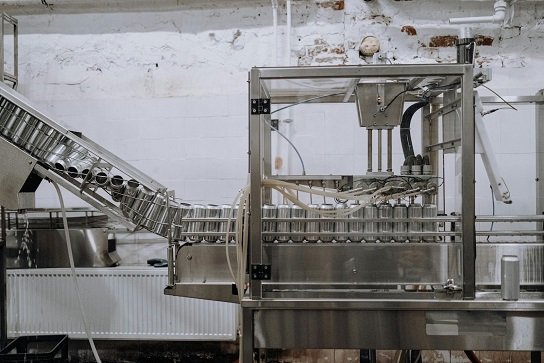Die casting is a highly efficient manufacturing process that involves pouring molten metal into a mold to create intricate and precise components. This technique is particularly advantageous in the appliance industry, where high-quality, durable parts are essential for performance and longevity. From kitchen gadgets to large household appliances, die casting is crucial in enhancing functionality and design. In this article, we will explore the various applications of die casting parts in the appliance industry and the benefits they bring.
Components For Kitchen Appliances
Kitchen appliances are among the most common household items that benefit from die-casting. Parts such as housings for mixers, blenders, and food processors are often made using this process. Die-cast aluminum and zinc parts provide excellent strength-to-weight ratios, ensuring these appliances are lightweight yet durable. For example, the casings of high-speed blenders often use die-cast components to withstand rigorous use while maintaining a sleek design.
Moreover, die casting allows for complex shapes that can enhance the aesthetic appeal of kitchen appliances. With the ability to create detailed features and smooth finishes, manufacturers can design products that are functional and visually appealing. This is particularly important in a market where consumers are increasingly focused on the design of their kitchen gadgets.
Parts For Large Appliances
In addition to small kitchen appliances, die casting is essential for larger household items such as washing machines, refrigerators, and ovens. These appliances require robust components that can handle significant wear and tear. For instance, die-cast parts are often used for the internal frames of washing machines, which must support the entire structure and endure vibrations during operation.
Moreover, die-cast components such as motors and drive mechanisms are integral to the mechanical systems of these appliances. Their durability ensures these systems operate efficiently over time, reducing the need for repairs and replacements. The reliability of die-cast parts contributes significantly to the overall lifespan of large appliances, making them a preferred choice for manufacturers.
Electrical Components
Electrical appliances also rely heavily on die-casting for various internal components. Die-cast parts are essential for safe and efficient operation, from connectors and housings to heat sinks and brackets.
For example, die-cast aluminum heat sinks are commonly used in appliances that generate heat, such as toasters and coffee makers. These heat sinks dissipate heat effectively, preventing overheating and ensuring the appliance operates within safe temperature ranges.
The electrical integrity provided by die-cast components is crucial for maintaining appliance safety standards. Manufacturers can create precise and reliable electrical enclosures that protect sensitive components from environmental factors, thus enhancing the overall safety and functionality of the appliance.
Aesthetic Elements
Beyond functionality, die casting also plays a significant role in the aesthetics of appliances. Many modern consumers look for appliances that perform well and complement their home decor. Die-cast parts can be finished in various ways—painted, polished, or anodized—to achieve the desired look. This versatility allows manufacturers to meet the aesthetic demands of consumers while still benefiting from the performance advantages of die-casting.
For instance, die-cast knobs and handles on ovens and refrigerators can be designed to match contemporary styles, adding a touch of elegance to otherwise utilitarian appliances. This ability to blend form with function is a significant advantage of die casting in appliance manufacturing.
Cost-Effectiveness and Efficiency
Die casting is not just about quality; it also offers cost-effective solutions for manufacturers. The speed of the die-casting process allows for mass production, which can significantly reduce costs. Furthermore, the precision of die-cast parts minimizes material waste, leading to lower production expenses. This efficiency is particularly beneficial for manufacturers aiming to keep prices competitive in a saturated market.
Collaboration with a reliable die casting parts manufacturer can also enhance the benefits of this process. These manufacturers bring expertise in designing and producing high-quality components tailored to the specific needs of the appliance industry.
Conclusion
In conclusion, die-casting parts are integral to the appliance industry, providing a wide range of benefits from durability and functionality to aesthetic appeal. The versatility of die casting allows manufacturers to create both small kitchen gadgets and large household appliances that meet the demands of modern consumers. As the industry continues to evolve, the importance of high-quality die-cast components will only grow, making them essential for the future of appliance manufacturing. Whether for performance or design, die casting remains vital in creating the appliances that enhance our daily lives.


